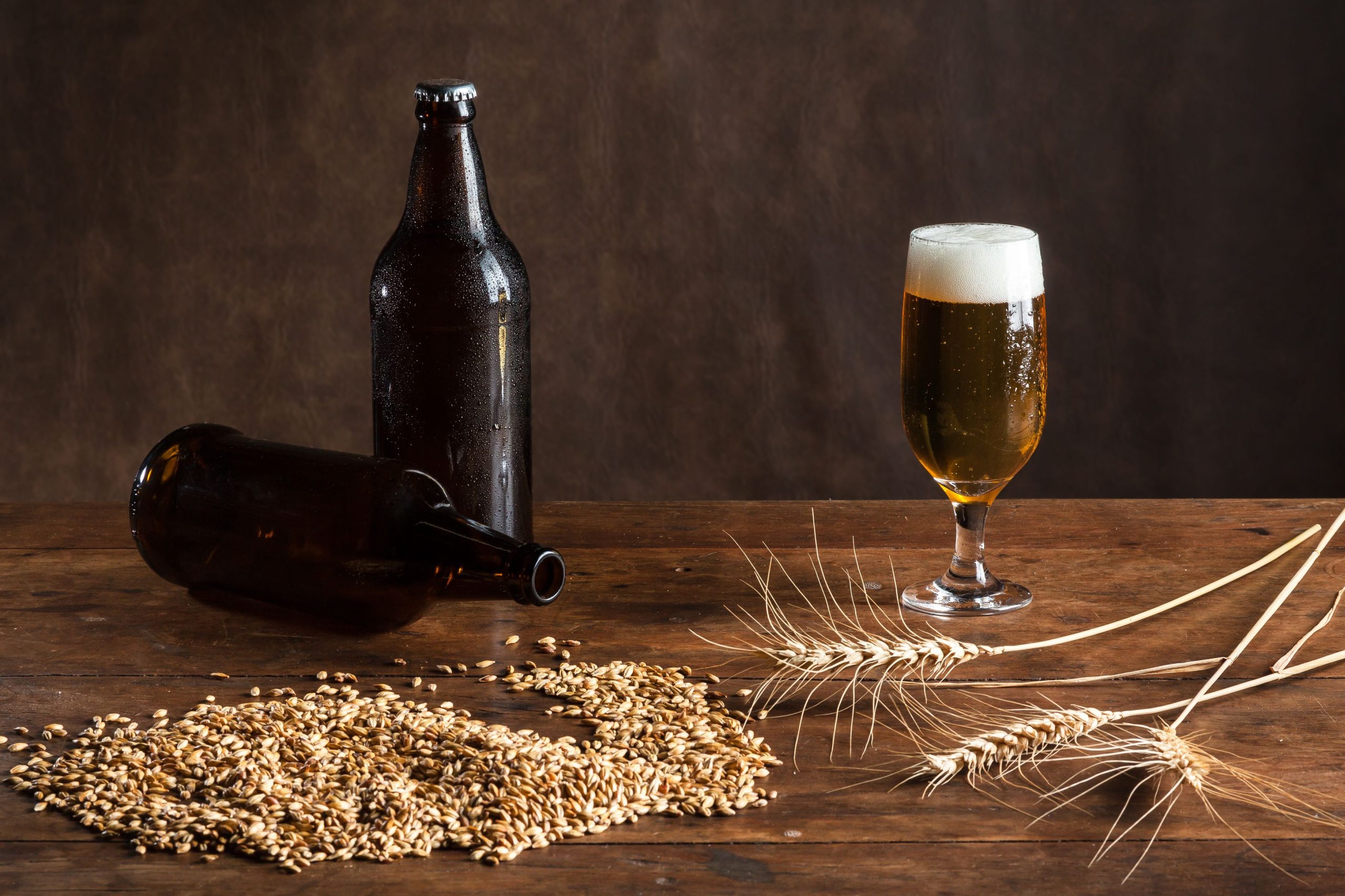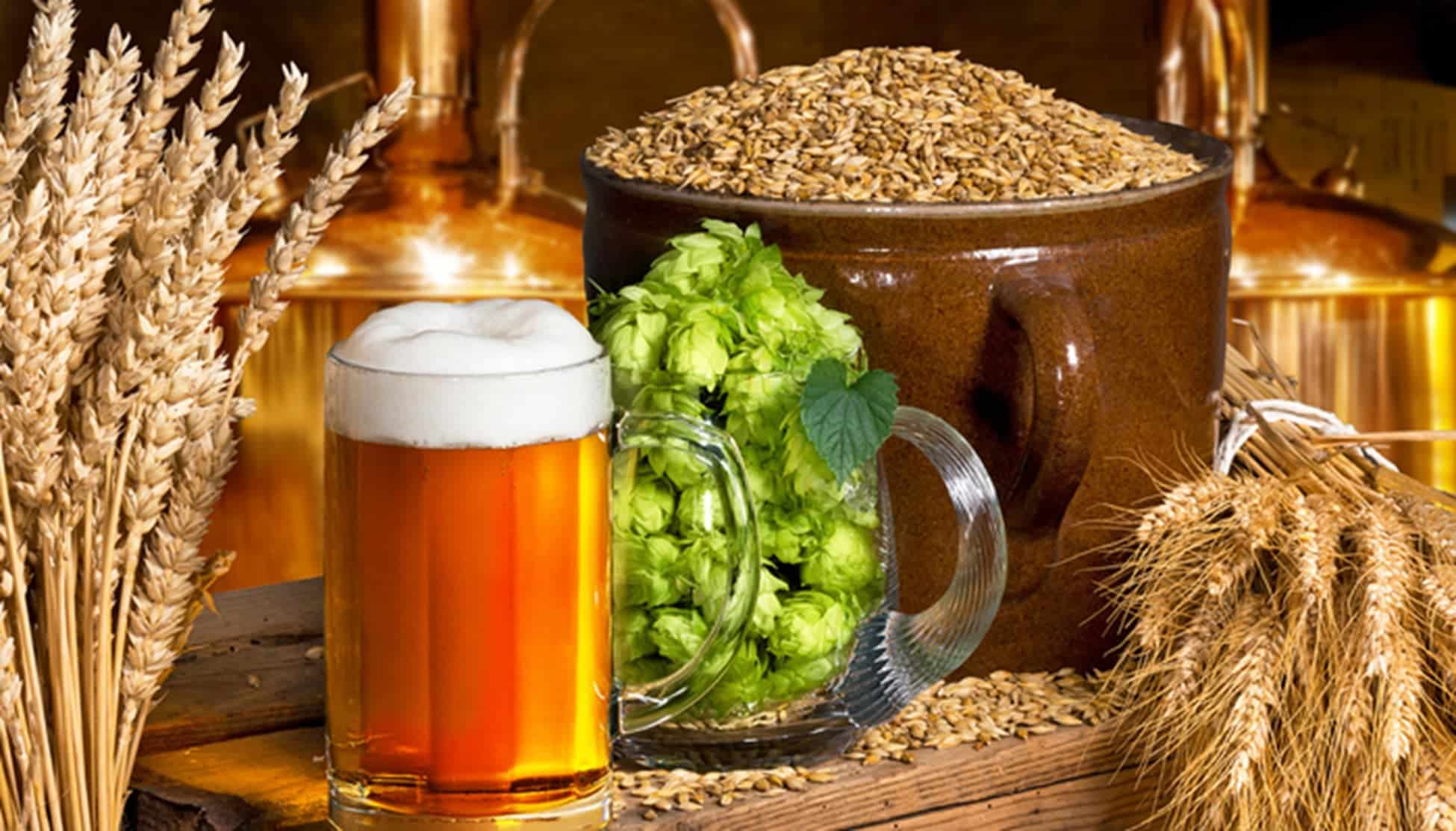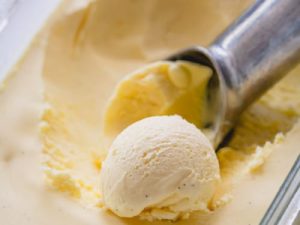
Beer has long been a revered beverage, and with the rise of craft breweries, it’s never been an easier time to start crafting your delicious beverage. Beer making is both art and science; with practice, anyone can produce their delectable concoction! In this guide, we cover everything necessary to start this exciting beer creation journey.
Beer-making dates back thousands of years to ancient Egypt and Mesopotamia; evidence exists of its production today! Since that time, various ingredients and techniques have been added to its making; today beer-brewing remains an enjoyable hobby and industry with endless styles and variations available.
Ingredients of Beer Production:
Home Brew beer manufacturing relies upon four key ingredients – water, malted barley, hops, and yeast. While water is the foundation, its mineral content can significantly alter flavor profiles. Malted barley provides sugars needed by yeast for alcohol creation, while hops add bitterness. Yeast plays its essential part by fermenting these sugars and producing alcohol – yeast must always play its role to get maximum fermentation success and maximum alcohol creation!
Equipment for Brewing Beer: To craft beer at home, basic equipment will be necessary: including a large pot, fermenting vessel, thermometer, and hydrometer, as well as bottles or kegs to store your creation. You could also invest in specialty equipment like mash tuns or wort chillers to enhance its quality further.

Brewing Process:
The brewing process includes multiple steps, including mashing, boiling, fermenting and conditioning. Mashing involves steeping malted barley in hot water to extract its sugars before boiling with hops for bitterness and flavor enhancement before fermenting with yeast to convert its sugars to alcohol and age the finished beer further for maximum flavor development.
Styles of Beer: There is an incredible diversity in beers today, from light lagers to intensely rich stouts. Popular options are pale ale, IPA, porter wheat beer, and Belgian ale, each boasting its characteristics of flavor profile, color, and aroma; you can experiment by trying various ingredients or techniques to craft custom varieties of this beverage.
Troubleshooting: Brewing can be an intricate and tricky, presenting experienced brewers with numerous obstacles. Issues commonly encountered by homebrewers include infections, low alcohol content, and off-flavors in their beers. By understanding why these occur and taking proactive steps to address them and improve them in future batches.
Conclusion:
Beer making is an enjoyable hobby that allows you to craft unique brews while exploring various ingredients and techniques. Anyone with enough knowledge and equipment can produce delicious beers at home, whether an experienced home brewer or novice, will find this guide beneficial in making delightful beer at home! We hope it has provided helpful guidance along your journey to beer brewing success!






